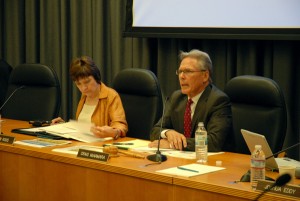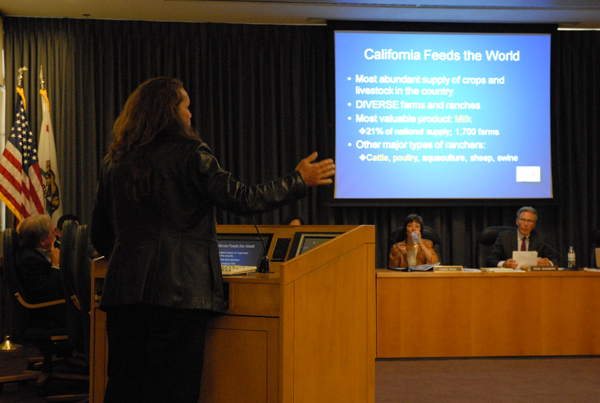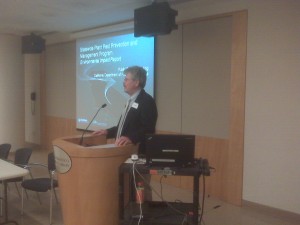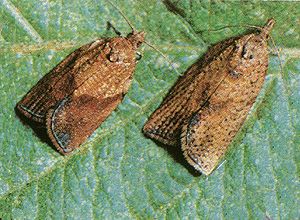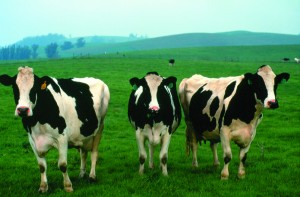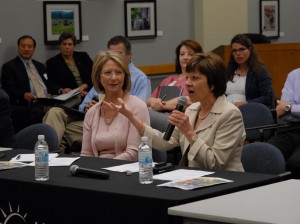SACRAMENTO, July 28, 2011 – The California Department of Food and Agriculture is announcing 18 vacancies on two advisory committees overseen by the department’s Inspection and Compliance Branch. Vacancies are available on the California Organic Products Advisory Committee and the Certified Farmers’ Market Advisory Committee.
The California Organic Products Advisory Committee advises the CDFA secretary on current issues related to organic food production and makes recommendations on all matters pertaining to the California Organic Program. Seven vacancies are available on the committee. Vacancies include: one consumer representative, one alternate technical representative, one alternate retail representative, one alternate processor representative, and three alternate producer representatives.
The California Organic Program is responsible for the enforcement of federal and state laws governing organic production. These statutes protect consumers, producers, handlers, processors, and retailers by establishing standards under which agricultural products may be labeled and sold as organic. The California Organic Program is funded entirely by industry fees and assessments. For more information on the California Organic Program and committee vacancies, please contact Brian Cote at (916) 445-2180.
The Certified Farmers’ Market Advisory Committee advises the CDFA secretary on regulations, enforcement, and administration policies and procedures related to the direct marketing of agricultural products at certified farmers’ markets. 11 vacancies are available. Vacancies include: eight alternate certified producers, one alternated certified farmers’ market manager, and two alternate direct marketing representatives. All producer members must be active in the direct sale and marketing of agricultural products at certified farmers’ markets.
California has more than 2,200 certified agricultural producers participating in approximately 700 certified farmers’ markets within the state. The Certified Farmers’ Market Advisory Committee recommends the annual budget and fees to provide enforcement services for the department’s Certified Farmers’ Market Program. For more information on the Certified Farmers’ Market Program and committee vacancies, please contact Susan Shelton at (916) 445-2180.
Applications for committee vacancies will be accepted until the positions are filled. Individuals interested in being considered for an appointment to a committee should send a letter of consideration and a letter of recommendation from individuals within the represented industry sector. Applications should be sent to Sarah Cardoni, CDFA Inspection and Compliance Branch, 1220 N Street, Sacramento, CA 95814 or via e-mail at scardoni@cdfa.ca.gov. Clearly indicate the vacancy and the advisory committee for which you are applying.
-30-



